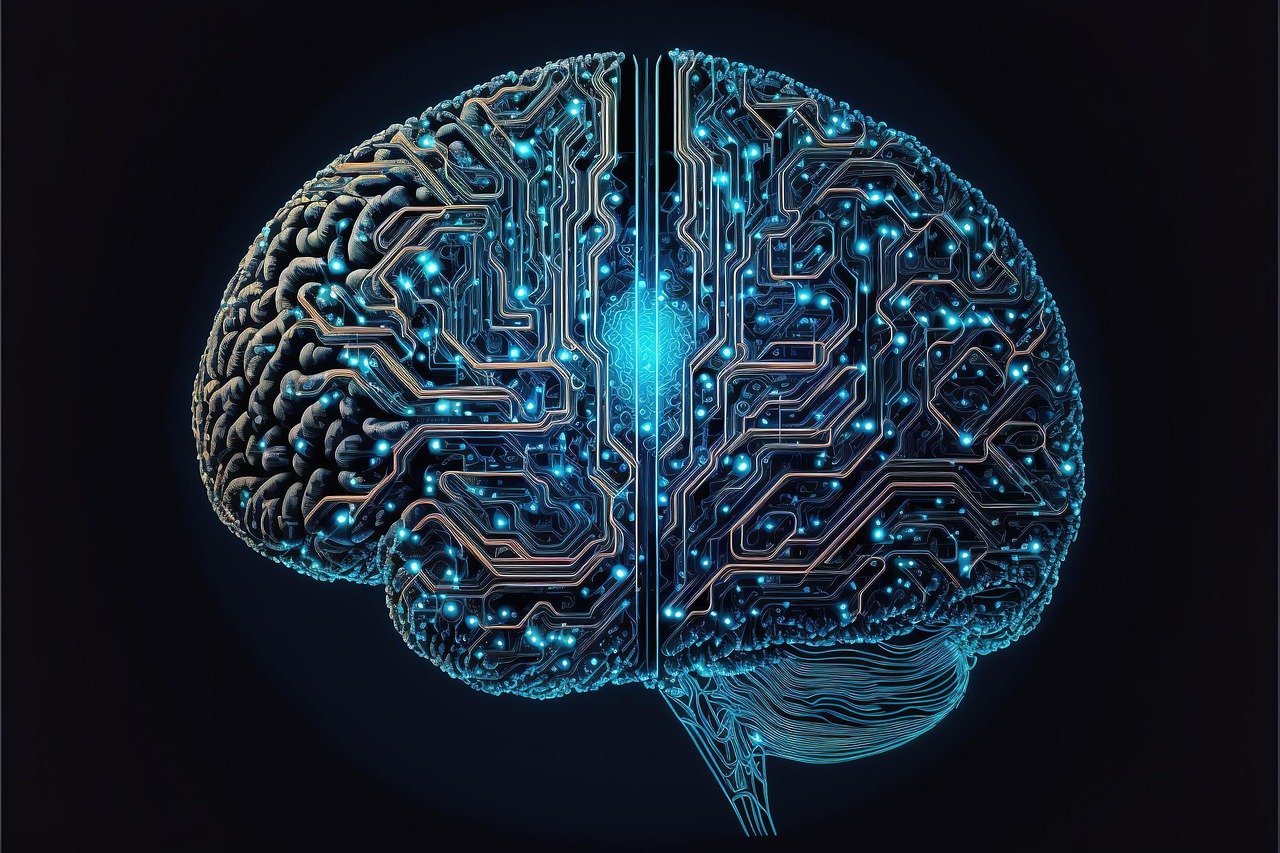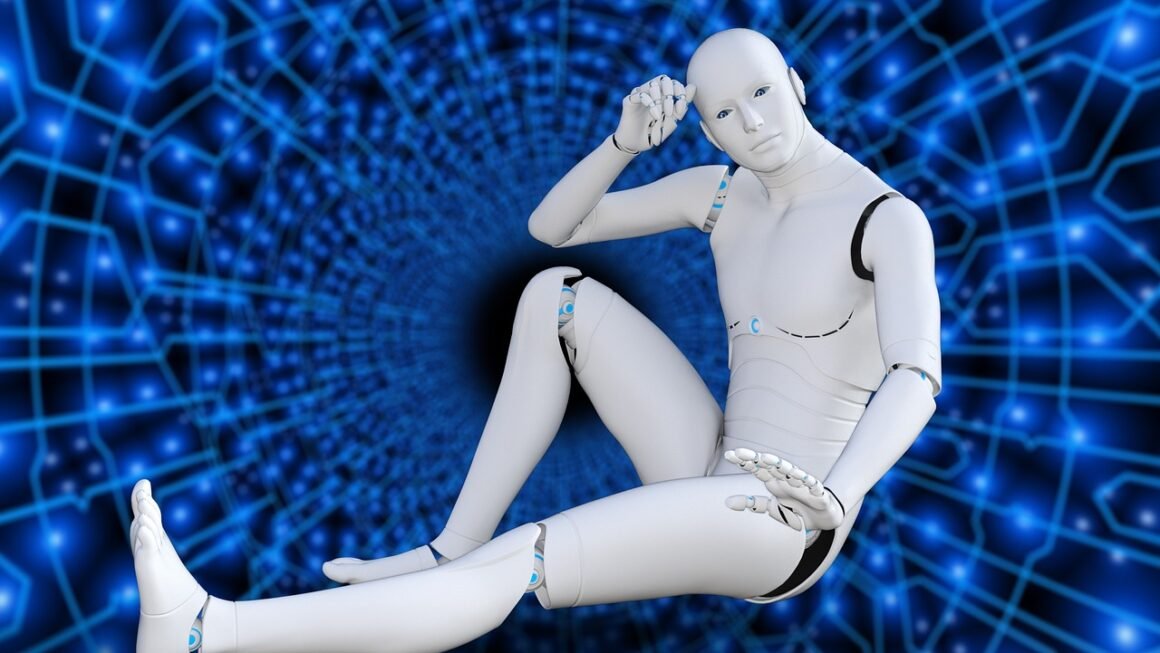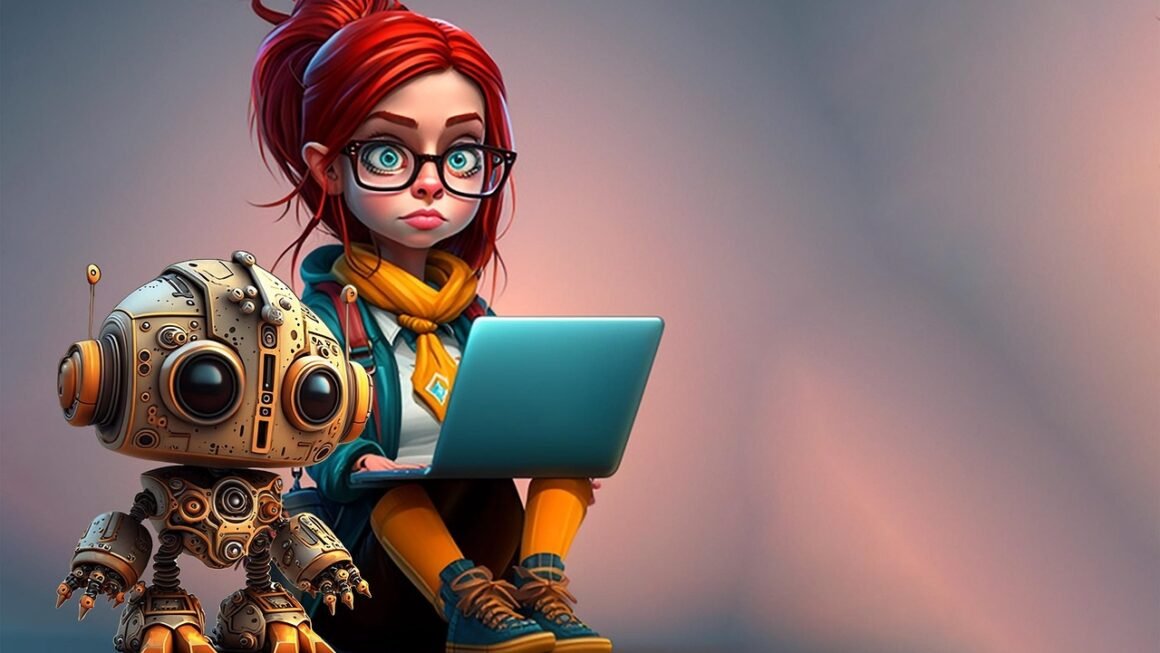The convergence of Artificial Intelligence (AI) and Robotics is transforming industries across the globe, creating intelligent machines capable of performing complex tasks with unprecedented efficiency and autonomy. This synergy allows robots to move beyond pre-programmed actions, adapting to dynamic environments, learning from experience, and making informed decisions. From manufacturing and healthcare to logistics and exploration, AI-powered robots are revolutionizing how we live and work, promising a future where humans and machines collaborate seamlessly.
The Rise of AI in Robotics
Understanding the Synergy
AI in robotics isn’t just about robots performing tasks; it’s about imbuing them with intelligence that allows them to understand, reason, and learn. This intelligence is achieved through algorithms that enable robots to:
- Perceive: Use sensors and computer vision to understand their surroundings.
- Plan: Determine the best course of action to achieve a goal.
- Act: Execute the plan using actuators and motors.
- Learn: Improve their performance over time through experience.
These capabilities distinguish AI-powered robots from traditional automation systems, which are limited to pre-defined instructions. The integration of AI provides the flexibility and adaptability necessary for robots to operate effectively in complex and unstructured environments.
Key AI Technologies Driving Robotics
Several AI technologies are essential for creating intelligent robots:
- Machine Learning (ML): Enables robots to learn from data without explicit programming. This includes:
Supervised learning: Training robots with labeled data to recognize patterns and make predictions.
Unsupervised learning: Allowing robots to discover patterns and relationships in unlabeled data.
Reinforcement learning: Training robots through trial and error to maximize a reward.
- Computer Vision: Allows robots to “see” and interpret images and videos. This includes:
Object recognition: Identifying objects in the robot’s environment.
Facial recognition: Recognizing human faces.
Scene understanding: Interpreting the overall context of a scene.
- Natural Language Processing (NLP): Enables robots to understand and respond to human language.
Voice recognition: Converting spoken language into text.
Text analysis: Understanding the meaning of written text.
* Dialogue management: Engaging in conversations with humans.
The Benefits of AI-Powered Robotics
- Increased Efficiency: Robots can perform tasks faster and more accurately than humans, leading to increased productivity.
- Improved Safety: Robots can handle hazardous tasks, reducing the risk of injury to human workers.
- Enhanced Precision: Robots can perform tasks with greater precision and accuracy than humans.
- Reduced Costs: Automation through robotics can lead to lower labor costs and reduced waste.
- Greater Flexibility: AI-powered robots can adapt to changing environments and tasks, making them more versatile than traditional automation systems.
Applications of AI in Robotics
Manufacturing
AI is transforming manufacturing by enabling robots to perform tasks such as:
- Assembly: Robots can assemble products with greater speed and precision. For example, automotive assembly lines use robots for welding, painting, and component installation.
- Quality Control: Robots equipped with computer vision can inspect products for defects, ensuring high quality standards.
- Material Handling: Robots can transport materials and products within the factory, improving efficiency and reducing the risk of damage. Companies like Amazon use robotic arms in their warehouses to pick and pack orders.
- Predictive Maintenance: Robots can monitor equipment and predict when maintenance is needed, reducing downtime and preventing costly repairs.
Healthcare
AI-powered robots are making a significant impact in healthcare:
- Surgery: Robots can assist surgeons with complex procedures, improving precision and reducing recovery times. The da Vinci Surgical System is a prime example.
- Rehabilitation: Robots can help patients recover from injuries and illnesses by providing assistance with physical therapy exercises.
- Drug Delivery: Robots can deliver medications to patients in a timely and accurate manner, reducing the risk of errors.
- Patient Care: Robots can assist nurses and other healthcare providers with tasks such as monitoring patients, taking vital signs, and providing companionship.
Logistics
The logistics industry is leveraging AI in robotics to:
- Warehouse Automation: Robots can automate tasks such as order picking, packing, and sorting, improving efficiency and reducing costs. Companies like Ocado use advanced robotic systems to manage their warehouses.
- Delivery: Autonomous delivery robots can deliver packages to customers’ doorsteps, reducing delivery times and improving customer satisfaction. Starship Technologies is a well known company deploying delivery robots on a large scale.
- Inventory Management: Robots can track inventory levels and identify potential shortages, ensuring that products are always available when needed.
Exploration and Surveillance
AI-powered robots are being used for:
- Space Exploration: Robots can explore planets and other celestial bodies, collecting data and samples. The Mars rovers are a notable example.
- Search and Rescue: Robots can search for survivors in disaster areas, providing valuable assistance to rescue teams.
- Security Surveillance: Robots can patrol areas and detect potential threats, improving security and reducing the risk of crime.
Overcoming Challenges and Future Trends
Current Limitations
Despite the significant advancements in AI and robotics, several challenges remain:
- Cost: AI-powered robots can be expensive to develop and deploy.
- Complexity: Designing and programming AI algorithms for robots can be complex and require specialized expertise.
- Data Requirements: Machine learning algorithms require large amounts of data to train effectively.
- Ethical Considerations: Concerns exist about the potential impact of AI-powered robots on employment and society.
Emerging Trends
Several trends are shaping the future of AI in robotics:
- Edge Computing: Processing data on the robot itself, rather than sending it to the cloud, will improve response times and reduce latency.
- Human-Robot Collaboration (Cobots): Robots designed to work alongside humans in a safe and collaborative manner will become more prevalent.
- AI-Powered Simulation: Using AI to simulate robot behavior in virtual environments will accelerate the development and testing of new robotic systems.
- Open-Source Robotics: Open-source software and hardware platforms will make it easier and more affordable to develop and deploy robotic solutions.
Practical Tips for Implementation
- Start Small: Begin with pilot projects to test the feasibility and effectiveness of AI-powered robotics in your specific application.
- Focus on Specific Use Cases: Identify specific tasks or processes that can benefit from automation.
- Invest in Training: Train your employees on how to work with robots and maintain robotic systems.
- Choose the Right Technology: Select the AI and robotics technologies that are best suited for your specific needs and budget.
- Prioritize Safety: Implement safety measures to protect human workers from potential hazards.
Conclusion
The integration of AI into robotics is transforming industries and reshaping the future of work. While challenges remain, the benefits of AI-powered robots are undeniable, offering increased efficiency, improved safety, and enhanced capabilities across a wide range of applications. By understanding the key technologies, overcoming the current limitations, and embracing emerging trends, businesses and organizations can harness the power of AI in robotics to achieve their goals and drive innovation. The future is one where humans and robots work together to solve some of the world’s most pressing challenges, and the journey is just beginning.



